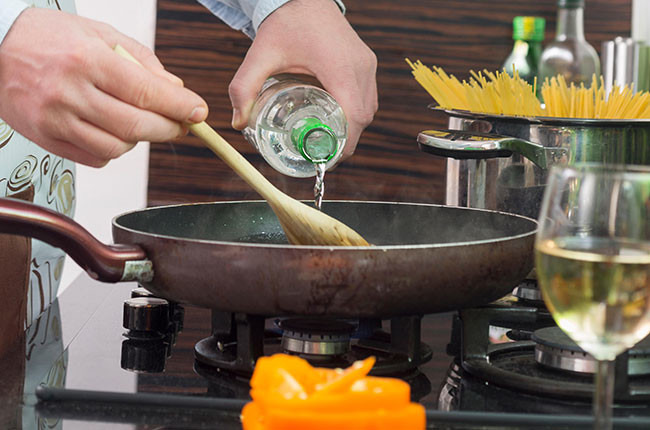Get to grips with the some of the more obscure tasting notes used by wine experts, with graphics from the Decanter design team...

Oxidative
An oxidative style of winemaking is a controlled process of exposing the wine to oxygen. It enhances flavours deemed desirable – such as nuts or dried fruits – and increases complexity in the wine. The opposing method is a reductive style of winemaking where the amount of oxygen exposure is limited to preserve the wine’s fresh fruit characters. Most wines lie between these two styles, achieving a good balance, but some winemakers prefer a more marked oxidative or reductive style.
Meat
Grilled or raw meat aromas can be found in muscular reds such as northern Rhône Syrah, Toro and Bordeaux. Game is a slightly lighter, more fragrant character that can be found in wines with red fruit characteristics, such as Pinot Noir, Barbaresco, Rioja and Pinotage. It is reminiscent of hung pheasants and ‘farmyard’ aromas, Both meat and game aromas can be amplified over time, so are usually found in more mature bottles of wine, and are considered to be positive (and occasionally defining) characteristics of a particular wine style.
In some cases these characteristics are caused by Brettanomyces, a wild yeast that can easily infect winemaking equipment, particularly the rough interior surface of wooden barrels. In small doses it produces meaty flavours that can benefit the complexity of a wine, although higher levels can can easily spoil the wine with impressions of cheese, rubber and sweat!
Biscuit
Biscuit/biscuity descriptors are most often associated with aged Champagne, where the process of yeast autolysis and time enable a rich, digestive biscuit-like character to develop. It can also be found in oak-aged Chardonnay, where it can be a development of the caramelised butterscotch aromas that comes from the wood.
Hedgerow
Hedgerow refers to the shrubs, and occasionally trees, are used as natural roadside boundaries between fields. Dry white wines, such as Sancerre, often have these aromas – predominantly herbaceous, grassy and nettle-like – but they can also encompass the wild fruits and berries that grow on them too.
Examples may include elderflower, gooseberry, or even raspberries, brambles and blackberries. Hedgerow as a descriptor in a tasting note, therefore, will often denote this fresh, green integration of fruit and plant.
Translated by ICY
All rights reserved by Future plc. No part of this publication may be reproduced, distributed or transmitted in any form or by any means without the prior written permission of Decanter.
Only Official Media Partners (see About us) of DecanterChina.com may republish part of the content from the site without prior permission under strict Terms & Conditions. Contact china@decanter.com to learn about how to become an Official Media Partner of DecanterChina.com.











Comments
Submit